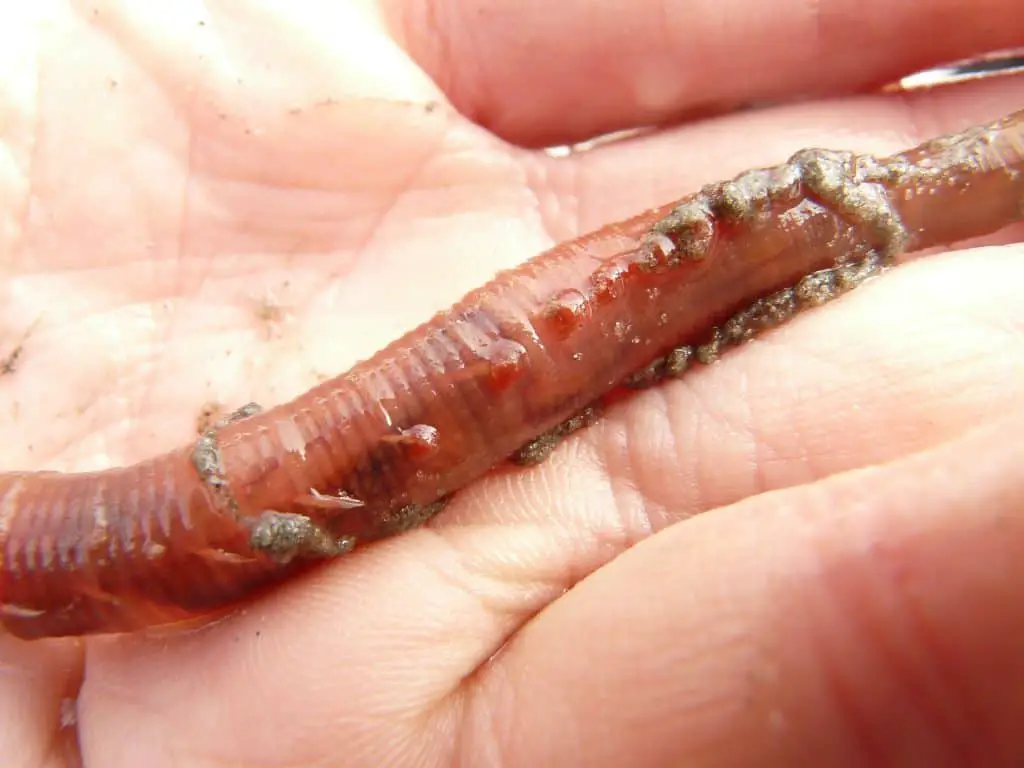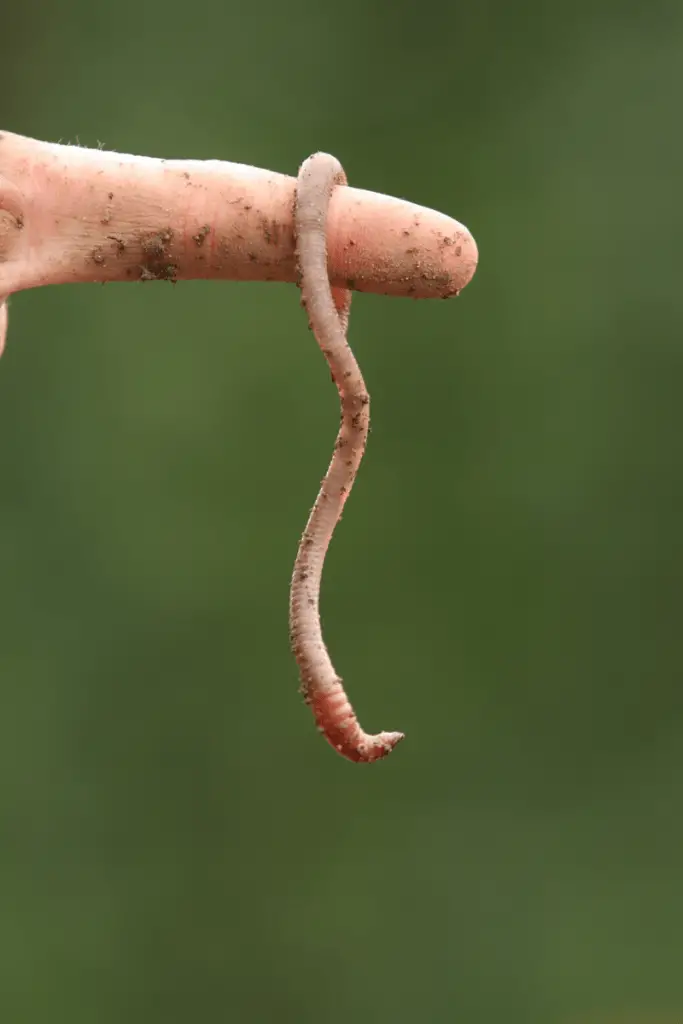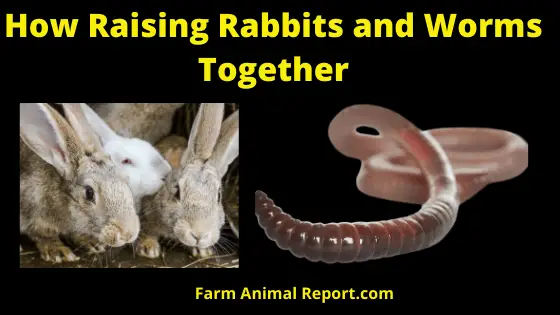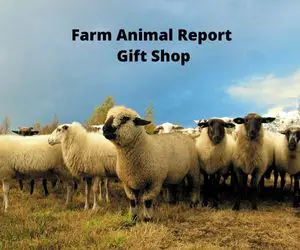As a general rule raising is a great business decision. Rabbits produce a stream of waste. Rabbit farmers need to manage it. Raising worms will naturally organically not only manage your waste it provides another avenue of profit for Rabbit farms 1) Worm Sales 2) Composted Materials for Garden and plant fertilizers
Raising Rabbits and Worms Together
Raising Rabbits and Worms. Rabbits are mainly known as cute, little, furry critters. However, rabbits are valuable livestock for food and several other commercial purposes. Rabbit meat is higher in protein and lowers cholesterol and fat as compared to chicken meat.
Raising Rabbits and Worms Together – With proper diet and care, they don’t require any medication. The rabbit’s manure is an excellent source of organic plant food.
It is better to grow, raise rabbits in cages or a large rabbitry, raise and harvest worms, and compost under the cages of the rabbits. Raising worms under the cages of rabbits will help to control the smell and insects that can be a problem with accumulated wastes under the cages.

RAISING RABBITS AND WORMS TOGETHER: –
Rabbit owners have long paired the procedure of raising their alfalfa-eating pets by allowing worms to be in charge of cleaning up. It’s as simple as just having an open worm farm beneath a cage that allows waste to fall through.
The safest way to upcycle rabbit poop is to distinguish it from any liquid waste and permit it to hot compost a while. Since rabbit’s manure is small, dry, pellets, and takes some time to collect much volume of manure, an assisted hot composting aids to rapidly get the poop to where you want it, free of ammonia, weed seeds, and harmful bacteria.
The worms can then reuse the manure of the rabbits and wasted feed from the pens and then turn it into dark, nutrient-rich, finely-textured humus. The raising of rabbits with worms works so well.
The nutrients from the manure of rabbits, hay, and wastage of rabbit’s food, make a perfect mixture as a food source and bedding for the worms.
Extra Income
Keeping worms under the cages of rabbits will help to have worms for
- Fishing Bait
- Chicken Food
- Vermicomposting
- Manure Sales
You can also read our Guide –18 Ways to Make Money by Rabbit Farming—Extensive Guidelines for Rabbit Farmers
All These Products, fishing bait, chicken food, vermicomposting and this adds another exchanging item you have on your farmhouse.

2nd Source of Income for Your Rabbits
This raising of rabbits and worms will provide another source of income from your farm. Thus, enhancing your feasibility and another excessive fertilizer for your gardens.
It is easy to grow worms with rabbits. The best kind of earthworms to use under the cages of rabbits is the red worm
. The red worms are also known as- Branding Worms
- Manure Worms
- Tiger Worms
- Trout Worms
- Canadian Night Crawlers
- Indian Night Crawlers
- African Night Crawlers
The stocking rate for red-worms should be between 300-500 grubs per square foot of surface area.
The red-worms will recycle the manure of the rabbits and waste feed from the hutches into fine-textured humus.
BEDDING FOR WORMS:-
The cages of rabbits should be at least three feet high from the bedding of worms. By constructing beds under the hutches and cages from 1*12s or 2*12s, then placing them on their sides and bolting together to make beds for raising worms under the pens.
The bedding for the worms can be built inexpensively as the wooden frame can be made from scrap lumber or pallets. It is essential to make the bedding for the worms about 12 inches deep.
It is necessary to make the bedding of the worm four to six inches wider than the cages of the rabbit so that the worms can have all the droppings from the rabbit along with urine and the wasted feed from the rabbit’s cages.
The pit or the trench system is better to use as worm bedding. The addition of a base layer of sand or gravel for drainage is ideal.
Keep in mind, the rabbit’s urine is less ideal worm food. The urine of the rabbit has a higher level of ammonia and salt in it. However, the small, relatively dry, nutrient-rich pallets produce for free feed that maintains the worm healthy, rising, and mixing out BLACK GOLD of their own.
HOW TO PREPARE BEDDING MATERIAL FOR THE WORM: –
Placing 5-6 inches of bedding material in the bottom of the worm bed is sufficient for starting the worms. The equipment includes carbon-type material such as shredded paper, cardboard, hay, leaves, peat moss, or straw.
Usually, worms use the top 6 inches of bedding, uncles particular circumstances make them go deeper like in cold weather. Moisturize the bedding with water and let the rabbits do their thing till the area gets covered with 1 to 2 inches coating of rabbit manure.
Mix both the bedding material for the worms and rabbit’s manure and wet it down. The slurry of the rabbit is considered cold manure. However, mixing any carbon or nitrogen material with a rabbit’s manure will produce heat due to natural composting processes.
Therefore, keep mixing the bedding material for the worms with the dung of the rabbit and add lightly water in it once a day for about two to three days.
On the third day, perform the hand test by putting your hand into the bedding material to feel for the heat. If the heat is still there, keep mixing it once a day until the temperature is out of the bedding.
Be sure that the bedding material is cooled before adding worms in it. Add worms only when the bedding cools down. The worms will disappear in the moist bedding material.
Initially, start with 200-300 red worms per square foot of the surface area. You can add fewer worms, but they will not work as efficiently at turning the dung into compost. But they will reproduce, and shortly you will have plenty.
Worms are unable to eat dry, rabbit manure
, and you need to manage the moisture level so that bedding remains damp enough to squeeze out a drop or two of water when you squeeze it.
Sprinkling water on the linen a couple of times a week will help to keep the bedding moist. Avoid sprinkling water on the area that is under the automatic drinking valves, water bottles, or water crocks as they are usually wet enough.
Worm Juice / Slurry
Water the bedding once or twice a day in summer if the top of the worm’s bed dries too fast. To retain the worm beds, you should add an inch of leaves, straw, or hay a few times each month and mix the foundations with a pitchfork from top to bottom to escape packed bedding.
This avoids the bedding from getting too salty and warm for the worms. Leaving the urine spots in the litter of the worms eventually leads to bad odor and insect problems.
ADVANTAGES OF RABBITS AND WORMS RAISING TOGETHER: –
After about six months you can start gathering worms and saving the excellent fertilizer your rabbits and worms have made. Then add fresh bedding just as you did when beginning a new bed. Over the following few weeks, the worms will transfer to the new bedding, and the old manure can be removed and sold, exchanged, spread over a lawn, or set sideways to use later. PennState Extension Service Summary
- Report Contains – Materials
- Cost
- Design
Do not produce any worms for at least a few days after reaping, and be sure to check the temperature and wetness conditions the next day if the bedding is too dry or if the litter is too hot, water, and mix again for the next few days.
If you have a strategy to use your worm castings as a soil amendment, make sure that the casts are kept somewhat moist and protected from the sun and bad weather when storing. Poor management, such as storing in areas leached by rainfall, will end in a loss of nutrients.
Rabbit Breeder Associations
| Rabbit Association | Location | Link |
|---|---|---|
| American Breeders Association | United States | ARBA |
| House Rabbit Society | California | HRS |
| Ohio States Rabbit Breeders Association | Ohio | OSRBA |
| Livestock Conservancy | North Carolina | LC |
| Rabbit Welfare Association and Fund | United Kingdom | RWA |
| British Rabbit Council | United Kingdom | BRC |
| European Association of Rabbits.... | Europe | EAP |
| Australian National Rabbit Council | Australia | ANRC |
| Australian Rabbit House Society | Australia | ARHS |
| ARBA - Rabbit Shows | United States | ARBA - Shows |





